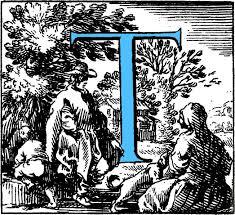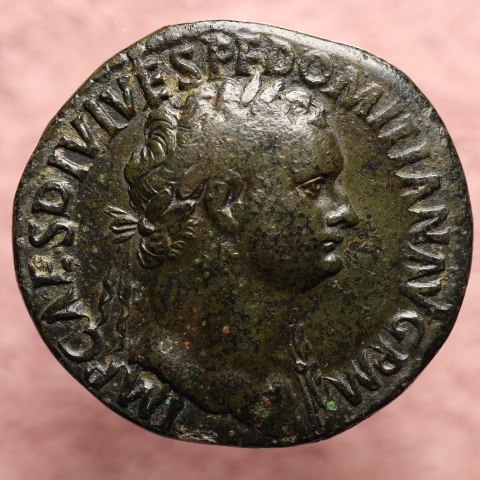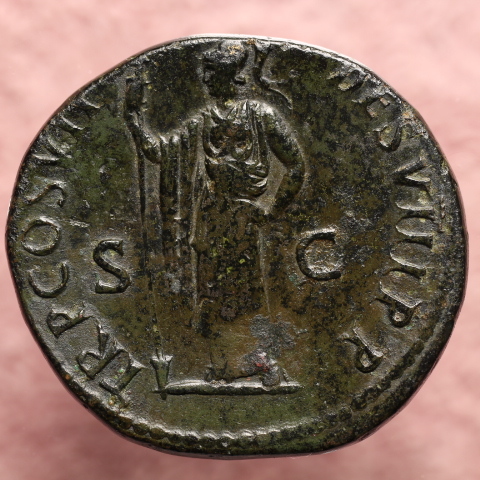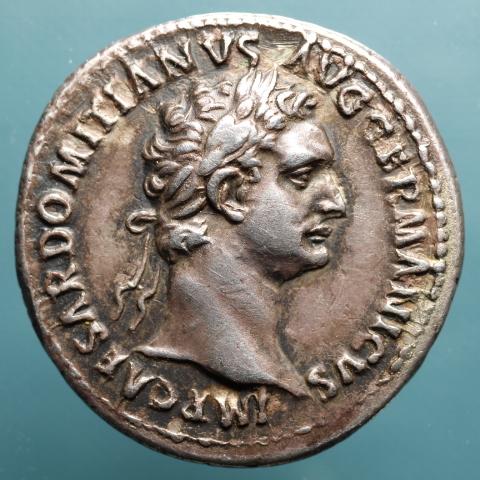Est aliquid, quocunque loco, quocunque recessu, unius sese dominum fecisse lacertae.
It is something, in whatever place, in whatever tiny recess in that place, to have made yourself master of even a single lizard.
Juvenal, Satires, iii.230.
Πάντα δέ τά μηδὲ προσδοκώμεν ἕκστασιν φέρει.
Everything we don't already know about brings us ecstasy.
Menander
You oughta shine as brightly as Jupiter and Mars.
Rudy Vallee, "You Oughta Be In Pictures," 1934
 HE DESIGNATION R3, used on this website as part of the scarcity scale C3-R3, most common to most rare, comes straight out of RIC (Carradice and Buttrey, The Roman Imperial Coinage, Vol. II, Part 1, 2nd rev.ed., London, 2007), and what R3 denotes, specifically, is uniqueness. When the book was written there was only one known specimen of any variety singled out by the authors as "R3." Since the 2007 publication date, other examples of many R3 varieties have come to light. The consensus among collectors seems to be that these other coins can also be called R3 even though they of course are not unique, which is what R3 is supposed to indicate. I believe that this is a fair concession, possibly because I myself own several R3 coins that owe their designation to the R3 coins mentioned in RIC and are not unique themselves. In these cases I use the term as a tool of relative scarcity. When the 3rd rev.ed. comes out I will be happy to downgrade them at that time.
HE DESIGNATION R3, used on this website as part of the scarcity scale C3-R3, most common to most rare, comes straight out of RIC (Carradice and Buttrey, The Roman Imperial Coinage, Vol. II, Part 1, 2nd rev.ed., London, 2007), and what R3 denotes, specifically, is uniqueness. When the book was written there was only one known specimen of any variety singled out by the authors as "R3." Since the 2007 publication date, other examples of many R3 varieties have come to light. The consensus among collectors seems to be that these other coins can also be called R3 even though they of course are not unique, which is what R3 is supposed to indicate. I believe that this is a fair concession, possibly because I myself own several R3 coins that owe their designation to the R3 coins mentioned in RIC and are not unique themselves. In these cases I use the term as a tool of relative scarcity. When the 3rd rev.ed. comes out I will be happy to downgrade them at that time.
There are several other coins in my collection that are not even included in RIC, 2nd rev.ed. There were no known specimens of any of these particular coins in 2007, none at all; had there been even one, any of these particular coins would have been denoted R3. By this calculation, almost by definition then, all of these coins are truly R3, but I designate them in my collection and on this website by adding "var" (for variation) to the number of the closest variety that is included in the 2007 edition of RIC (e.g., RIC 518 var). Thus these coins may not seem special, since collectively there are so many of them in the coll., but in my opinion these coins individually are just as rare as any of the so-called R3 varieties mentioned in the reference book.
However, that said, the two coins in the Roman mint-half of my coll. that I treasure most are RIC 78A and RIC 563, coins which RIC has dubbed R3, because both of these coins are the actual coins cited in the book. Furthermore, since neither coin is pictured among the plates, this will be the first time that anybody has actually had the chance to view them. Here is the first one, RIC 78A--


I bought this coin in May of 2016 from a CNG printed auction for a hammer price of $340. This should never have happened. CNG listed it properly as RIC 78A and called it "rare." They gave the provenance, "From the estate of Thomas Bentley Cederlind. Ex Elsen 108 (12 March 2011), lot 301 (hammer €180)." Didn't anybody look it up? R3, for crying out loud, ex Elson?! It didn't take a lot of detective work for me to find out from Elson that the coin sold in Elson 108 was the same exact coin from Elson 93.
"Cederlind" should have been another clue. I have never bought a coin from that man or from his estate that wasn't unusual in some important way. It was clear to me from our phone conversations that Domitian was a special interest of his. In my coll. I have indicated several individual coins where Domitian's portrait has been deliberately defaced; I have labeled them damnatio memoriae; this was an idea of Tom's. He wrote a paper about it. The man knew his Domitian. One day I plan to talk to him about it again. We'll have lunch. Maybe I'll mention this blog article. Perhaps Domitian will join us.
Here is RIC 563--


Soon after I bought this coin in the CNA auction in 1989 I lost my numismatic interest, stopped collecting, and put all of my coins into a resealable sandwich bag which I stashed in my sock drawer. Over the years I sold a few of them on eBay, sestertii mostly, which these days I would dearly love to have back! But mostly I forgot about them.
Then in March of 2015, Jill, a friend of mine from church, asked if I had anything that the kids could "excavate" in a sandbox for the hands-on portion of our Biblical archeology unit. I thought about my little plastic bag of coins and volunteered that.
When I got them back again I spread everything out on my dining room table and tried to see my accumulation of ancient coinage with fresh eyes. I was divorced by then (wives notoriously hate coin collections and I'm beginning to find out that girlfriends aren't overly fond of them either) and looking for something fun to do in my (temporary, it turns out) retirement from the practice of art-creation. It looked as though I might have the nucleus for a nice little collection there, so what I did next was buy some books. Including RIC.
To say that I was surprised to see my coin cited--no picture, unfortunately--would be to put it mildly. I am so glad that my little RIC 563 wasn't lost in the sandbox!
Soon: An Unpublished Coin of Herod Agrippa II: A look at the legitimacy of the Infancy Gospel of James.

